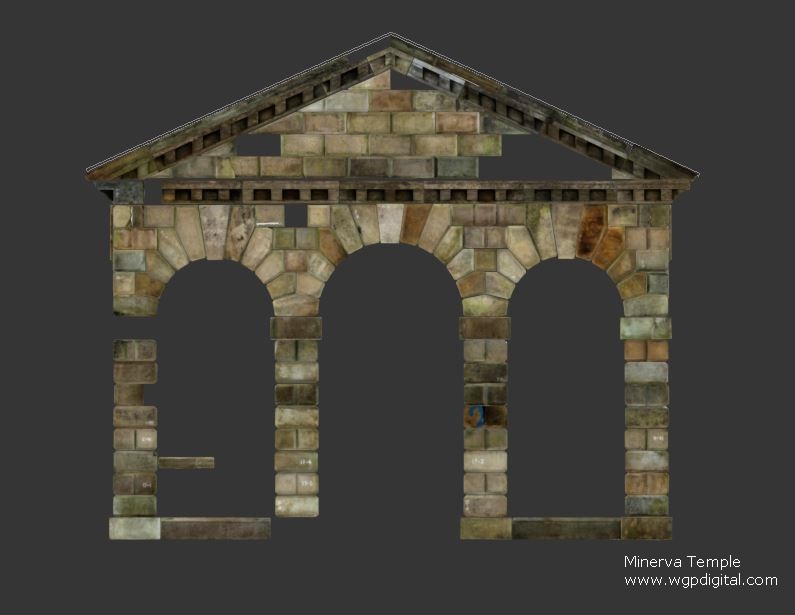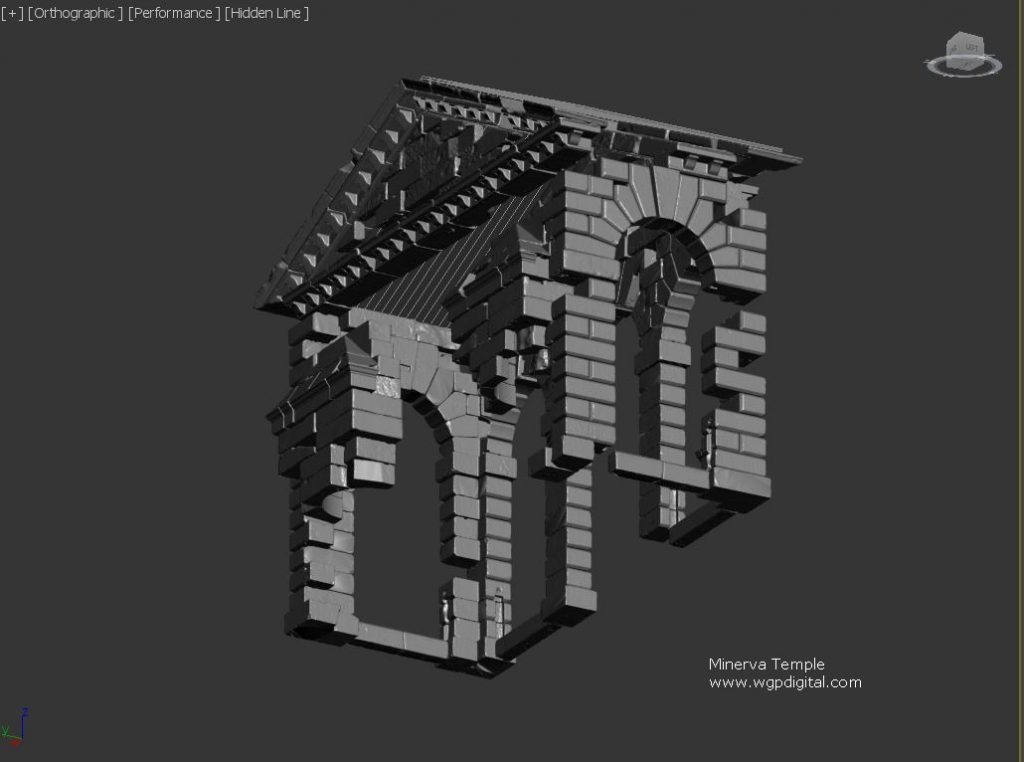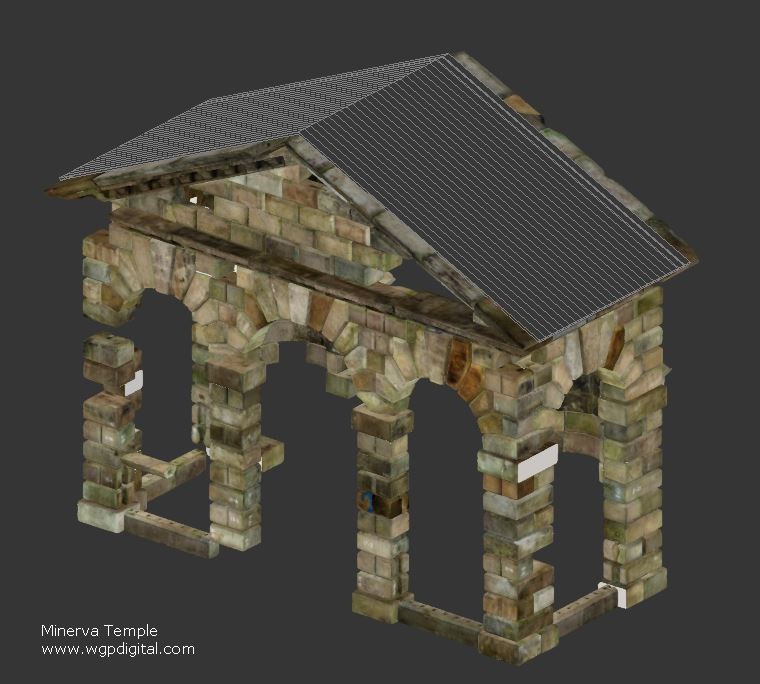Goodwood Estate
With the field work now complete, it was time to process each stone with a view to create a high quality 3D model of each of the 431 stones.
The Process:
- Add control dimensions to accurately scale each model
- Build point cloud
- Create mesh
- Add texture
- Export as .obj
This was a time consuming process and many a evening was spent processing the models. The models were impressive in obj format, however the filesize for each model ranged from 5mb to 40mb, I’d already tested many 3d software packages for the final modelling stage and knew that this was going to be a massive test for software and hardware, not just the file size but the number of coloured triangles (mesh) per model.
I had also tested meshlabs and this proved a brilliant solution, import each model and apply one of it’s many filters to preserve the shape and texture of each stone, exporting to obj significantly reduced the file size but exporting direct to .3ds kept the filesize to less than 1mb per stone.
Once each stone had gone through the reduction process, it was to move on to the final stage, re-build the temple!
Modelling
Like jigsaws? Well yes, but what if you had limited information on what the final product looked like? I quickly realised that this was the case, some 1970’s architectural drawings weren’t quite right and there was no information of the back of the temple! To make it even more of a challenge, a few of the stones were missing!
There were also a series of letters and roman numerals on some of the stones, but without the original drawings which would’ve had these on, this wasn’t a big help. Fortunately there was an old photograph of the temple, this proved very useful.
Fortunately by starting on the obvious parts, the arches, columns etc the model started to take shape. I was worried how the software and my laptop was going to cope with the number of stones, but although the model took awhile to load, both performed very well.
The biggest challenge was the rear, with two alcoves and no real information it took some time to piece this together.
Very pleased with the result, hopefully we’ll be able to get back to site to find the missing stones and complete the model.








Got an unusual project? Please do not hesitate to get in touch.

